Lomography Diana Instant Square Review
Lomography Diana Instant Square
One of the cheapest and most user-friendly instant cameras around
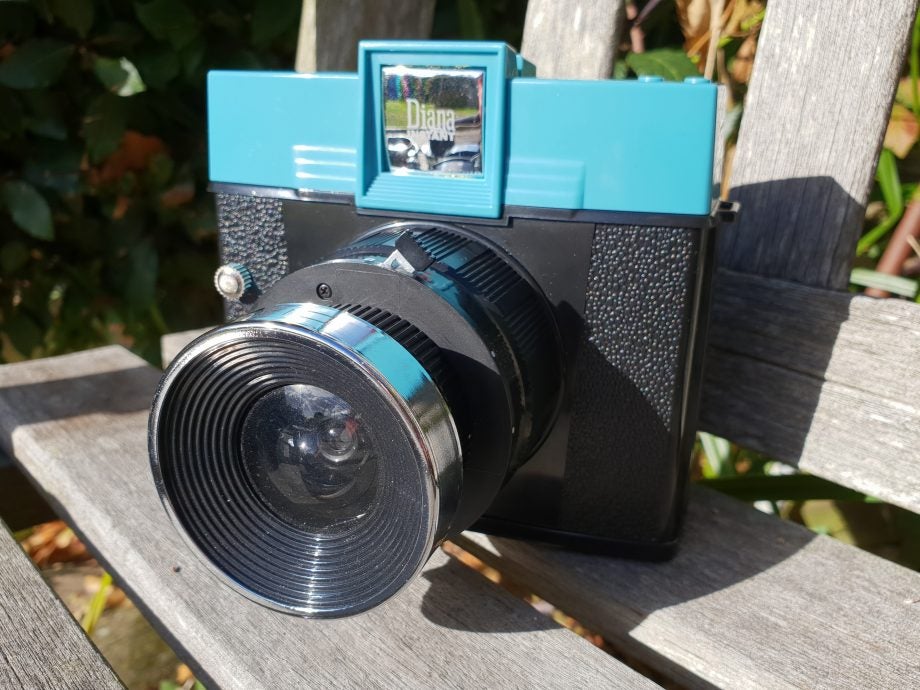
Verdict
One of the more affordable ways into instant film, the Diana Instant Square produces distinctly quirky results. Similarly priced alternatives take more restrained snaps, but if you don't want to embrace the mainstream, this is a great choice.
Pros
- Very simple operation for instant camera novices
- Uses some of the more affordable instant film packs
- Affordable starter camera
Cons
- Lens distortion visible in every photo
- Exposure and focus can be a challenge
- Not the most ergonomic camera
Key Specifications
- Review Price: £89
- Point-and-shoot instant camera
- Retro-inspired square design
- Optional interchangeable lenses for varied images
- Can create multiple exposures
- Uses Instax Square format film packs
What is the Lomography Diana Instant Square?
The unashamedly old-school Instant Square is a throwback to the toy cameras that made Lomography famous.
So-called because of their plastic construction and affordable price, toy cameras were still perfectly capable of taking photos – albeit ones afflicted with light leaks, blurred composition and optical distortions. It’s a distinct visual style the Instant Square aims to replicate.
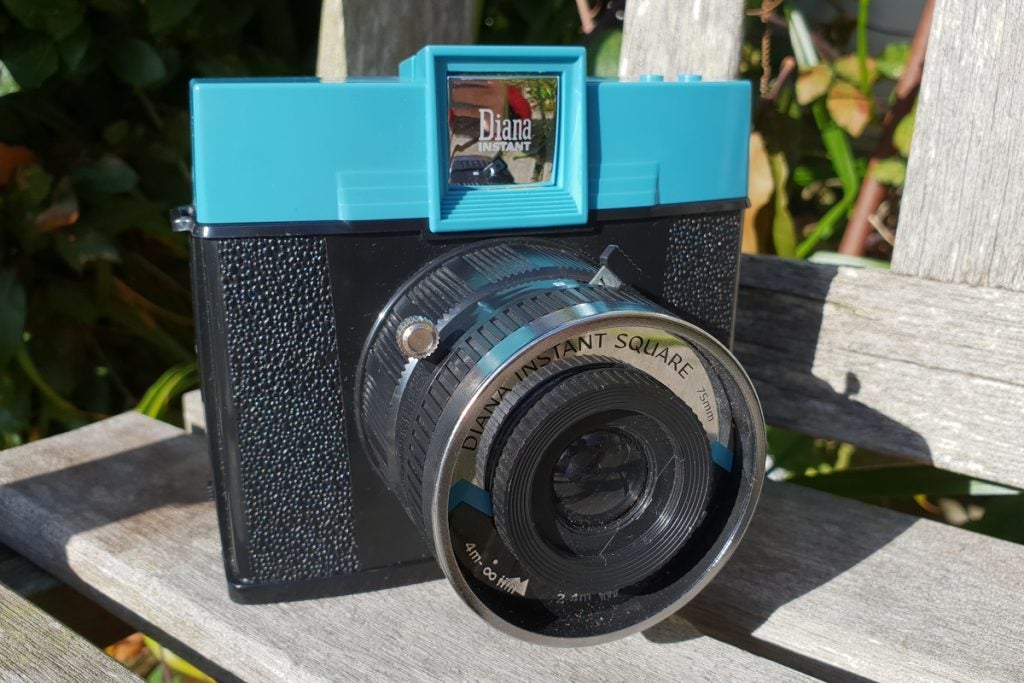
It might look like a toy camera, but this is the first Instax with interchangeable lenses and a hotshoe mount.
This is the first Instax camera to offer both interchangeable lenses and a hotshoe mount, which should allow for much greater variety than other, more basic instant cameras. It shoots Fuji Instax Square film, with ten-packs of shots costing around £9 each.
The camera retails for £89, but is available as a £199 bundle pack with a selection of lenses, flashes and other accessories that accentuate the dreamlike qualities of its photos.
Related: Best compact cameras
Lomography Diana Instant Square – Design and features
Built entirely from plastic, the Instant Square doesn’t feel like an expensive camera, but that’s because it isn’t one. Insert a pack of film and it feels reassuringly heavy, though, so you don’t have to feel too precious about throwing it into a camera bag.
It’s compact enough to hold in one hand, but you’ll need both to operate the barrel-mounted controls. The shutter ‘button’ is more like a trigger, while shutter speed, lens aperture and focus distance are all managed with slide switches. The only button on the camera body is the power switch, which also turns on multiple exposure mode.
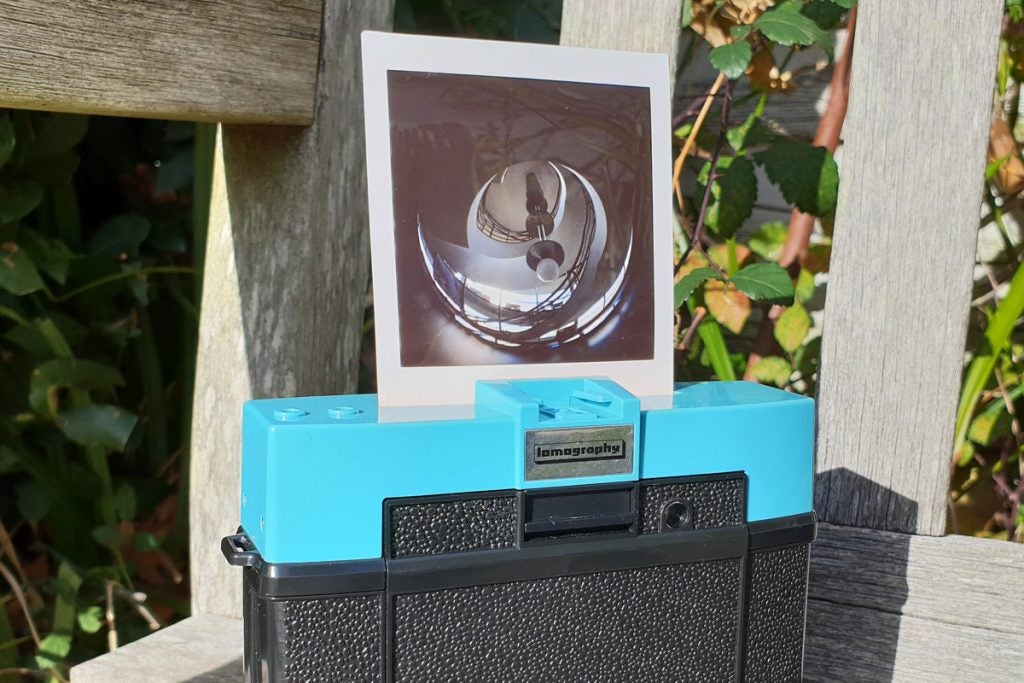
Your prints come out of the top of the camera, just in front of the hotshoe mount for flashes or viewfinders.
Shots are spat out of the top of the camera, which is where you’ll find the hotshoe mount. Lomography’s own flashes are designed not to get in the way of your prints, but you’ll have to be careful that any third party accessories don’t get in the way.
There’s no viewfinder built into the camera, but you can attach one to the hotshoe mount. One is included in the box – although not with our review sample, so we had to shoot freehand. The large mirror on the front of the camera makes it easy enough to line up selfies.
A twist of the barrel releases the lens, and locks back in place with a click. The optional accessory pack includes a 20mm fisheye lens, 38mm super-wide angle lens, 55mm wide-angle with close-up attachment, 75mm glass lens and 110 mm telephoto, covering a varied range of shooting scenarios.
As well as a pack of film, you also need to supply four AAA batteries before you can start snapping.
Related: Best photo editing apps
Lomography Diana Instant Square – Performance & image quality
Instant cameras are all about the moment, but few capture that moment in perfect clarity. The Instant Square embraces the muted colours and blurry visuals that made the Lomography style so unique, and how you feel about that style will determine what you think of its photos.
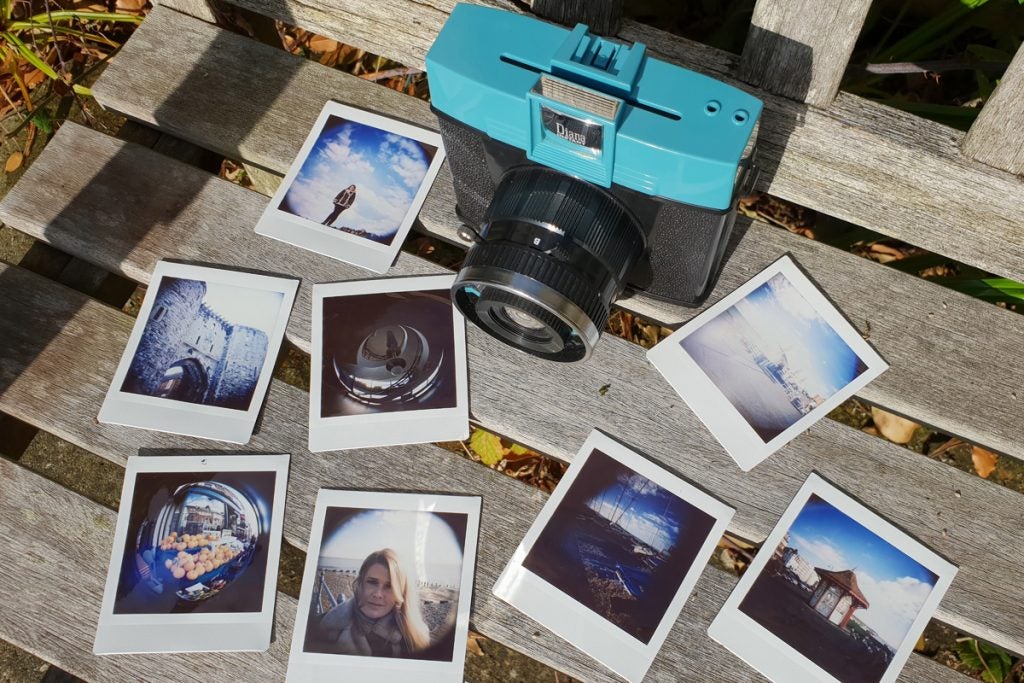
Exposure can vary depending on the scene you’re shooting, but reds and blues are usually punchy and saturated.
Colours are varied, for starters. Blue and red hues are punchy and vibrant, while skin tones and lighter shades are often subdued. Exposure can vary wildly, with images you thought were well-lit appearing dark and others dramatically blown out.
This is doubly true of the multiple exposure mode, which can produce some quirky overlaid images, but more often than not results in over- or -underexposed shots. It’ll take a lot of practice (and film) to get the hang of it.
Focusing is a challenge, and with only three settings to choose from (0.5-2m, 2-4m and 4m to infinity) you have to be a good judge of distance to prevent your photos looking like they were taken with Vaseline smeared on the lens. Forget to tweak your settings between subjects and it’s all but guaranteed.

Skin tones and brighter areas tend to come out fairly subdued, which may or may not be to your taste.
There’s one other thing to consider: lens vignetting. Even if you buy the basic camera and forego the optional interchangeable lenses, every photo will exhibit the effect to some degree.
But even with these flaws, there’s no denying the charm of the Diana Instant Square’s photos. If you’re after a more traditional film-like image, you’ll need to look elsewhere: this camera shoots deliberately lo-fi photos, and once you’ve expended a few packs of film you’ll appreciate how dramatic seemingly mundane shots can appear.
Why buy the Lomography Diana Instant Square?
The Instant Square’s biggest selling point is its price: at £89 for the basic model, it’s among the cheapest instant cameras out there. Considering each pack of ten shots will set you back roughly £9 (so 90p per photo), instant photography is a hobby that can get expensive quickly, so a low cost of entry can look appealing.
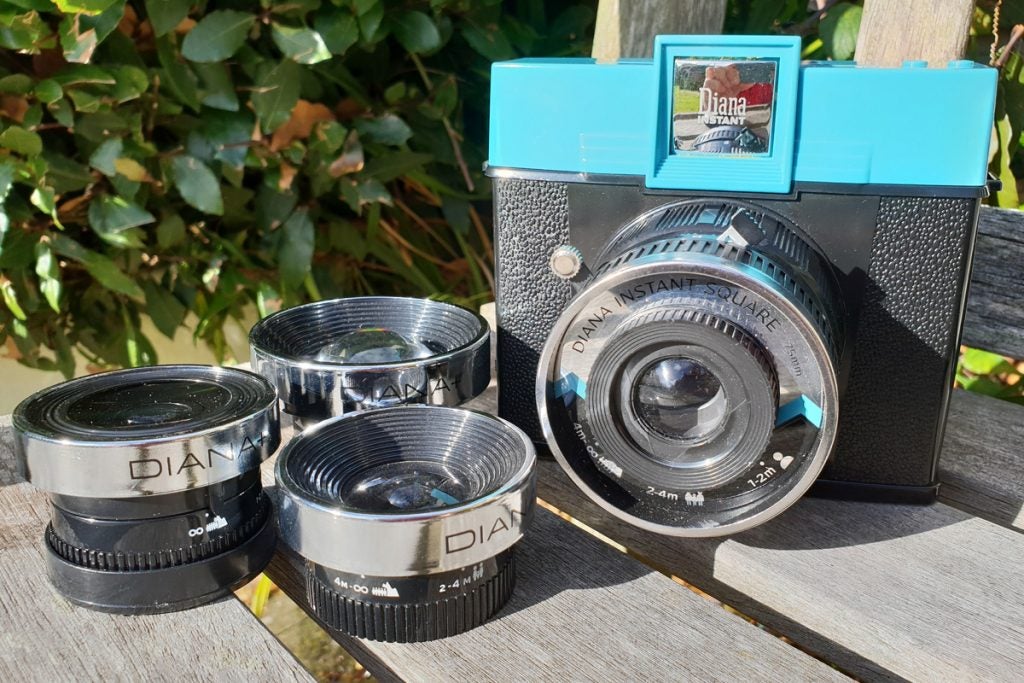
However, picture quality isn’t the best, with visible lens vignetting in every shot. Buying the more comprehensive bundle pack allows for greater creativity with your photos, but the distortion doesn’t go away. The £200 bundle’s extra features and accessories may be overkill for instant newcomers too.
If you appreciate the vignetting as a quirk of the camera and an embracing of Lomo’s signature style, the Instant Square can still capture those unique moments that make instant cameras so fun to use – and the hotshoe mount makes it more flexible than its rivals.
Verdict
One of the more affordable ways into instant film, and the Diana Instant Square produces distinctly quirky results – whether you’re experimenting with the optional lenses or sticking with the basic camera. Similarly priced alternatives take more restrained snaps, but if you don’t want to embrace the mainstream, this is a great choice.
Lomography Diana Instant Square – The Rivals
Fujifilm Instax Square SQ6
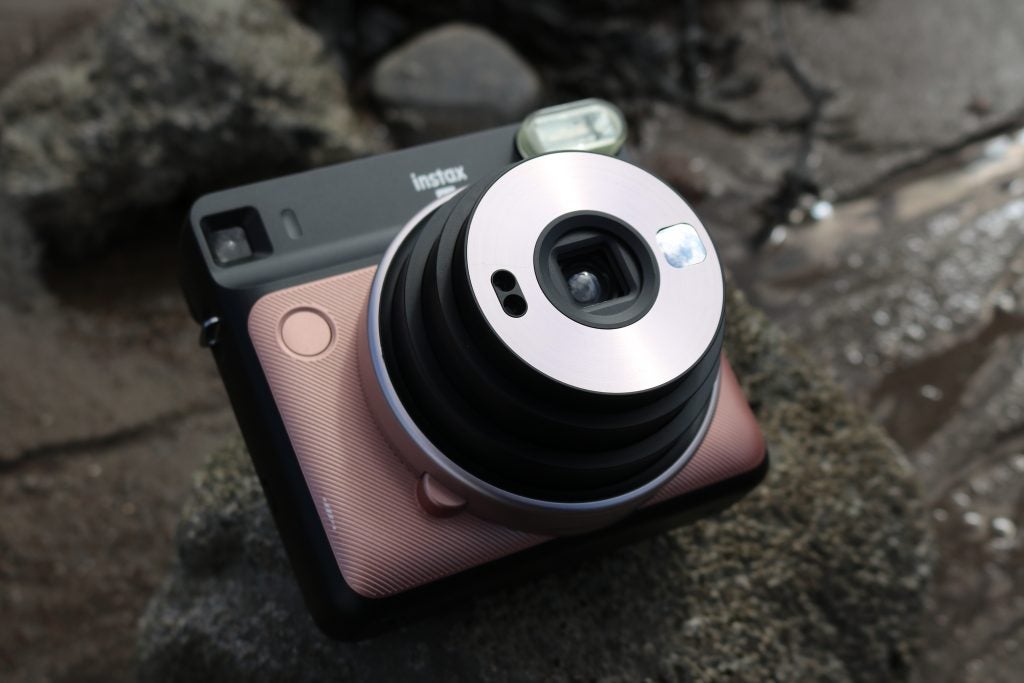
One of the first of its kind to use larger Instax Square film, this compact point-and-shoot is a more grown up camera than the rest of Fuji’s range. The Fujifilm Instax Square SQ6‘s lens is fixed and the shooting modes are basic, but quality is high and the camera is reasonably priced, too.
Leica Sofort
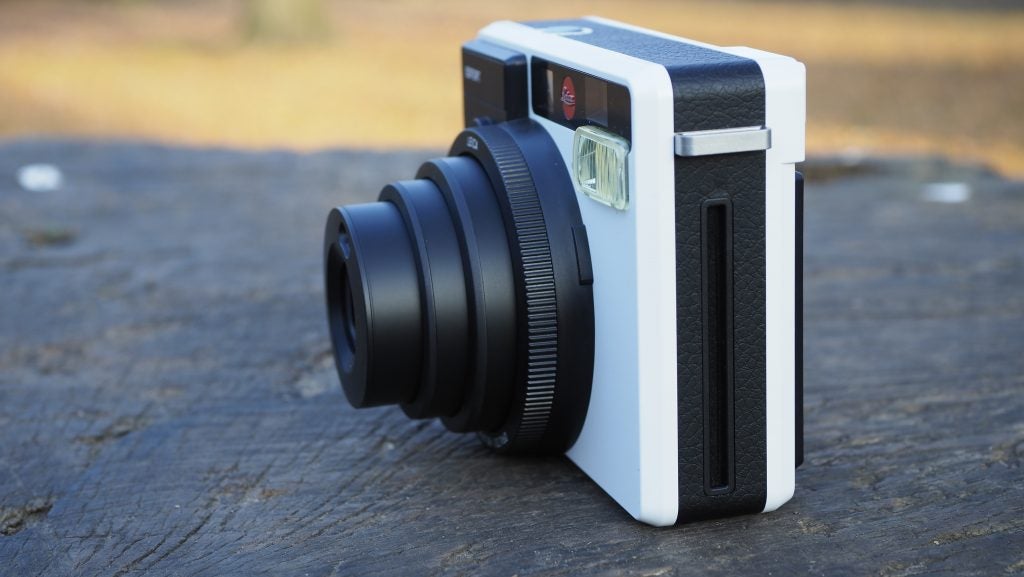
An inexpensive way to get your hands on a premium-brand camera, but the Leica Sofort is a simple point-and-shoot that’s limited to Mini paper format that’s half the size of the Lomo’s wide format film packs.
Trusted Score
Features
| Optical Zoom (Times) | None, 35mm fixed equivalent |
| Viewfinder | Optional, optical |
Physical Specifications
| Dimensions Width (Millimeter) | 140 |
| Depth (Millimeter) | 115 |
| Length (Millimeter) | 98 |

